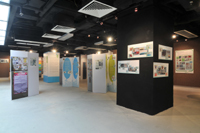
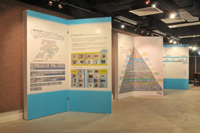
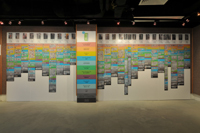
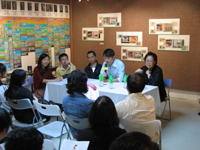
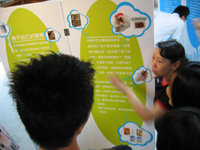

|

With such questions in mind, Oxfam, CCSA Review Alliance and the Community Museum Project have made attempts to visually document the contents of 24 household fridges (on any non-specific day) across Hong Kong and collecting related stories from each contributor. We have tried to solicit, not only, views as to how one’s fridge is used, but also the intent behind its usage, their “relationship” with the fridge, as well as their “adaptive wisdom” generated for food preservation, using refrigerator.
It turns out that, a seemingly common and “essential” household appliance, does not only carry edibles and material items, but memories, wishes, anxieties and livelihood expectations. There are nicely packed boxes of Chinese medical ingredients of the deceased father kept already for 20 years; a fridge full of desserts and snacks that serves as a soothing tool for a couples’ hustle and bustle working life; many have preserved in them – perhaps, out of a kind of “deficiency-anxiety”, or an imagination of the “just-in-case scenario” - dried food items, medicine and cooking sauces, only to find them expired and becoming moldy. The fridge, ironically, has become a domestic appliance that mediate among, people’s desires, remembrances and oblivions.
Modern technology has strived hard to develop tools and techniques for preservation: If cameras serve to preserve images of our world, then the refrigerators help to preserve part of our material culture through our daily collection of (edible and non-edible) “subsistent goods” inside them. This exhibition employs both of the tools: the former helps to make visual inventories of the items collected with the latter. The current display attempts to bring forth certain visual comparisons of the fridge-items documented, and hence, raising related social and cultural questions; for instance: What is the role of “processed food” in our food consumption pattern? How do different categories, such as dried food, frozen meat, snacks, sauces, etc. mean differently to families of different constituent? And how the quantity and quality of each category of food inside them tell about a family’s livelihood? Who is controlling the contents of the family’s fridge? Etc.
In this light, one may ask endless questions following the rhetoric of the show, but don’t forget to ask about your own. It is, perhaps, the right time for us to see our fridges afresh and reflect upon our food consumption or livelihood pattern altogether…
|